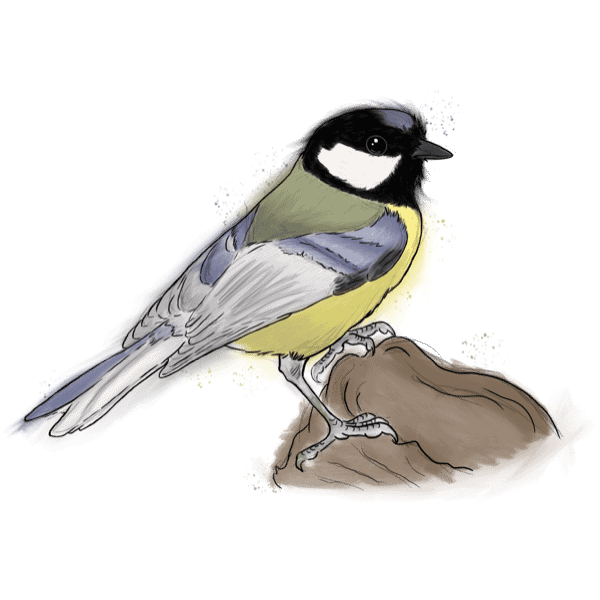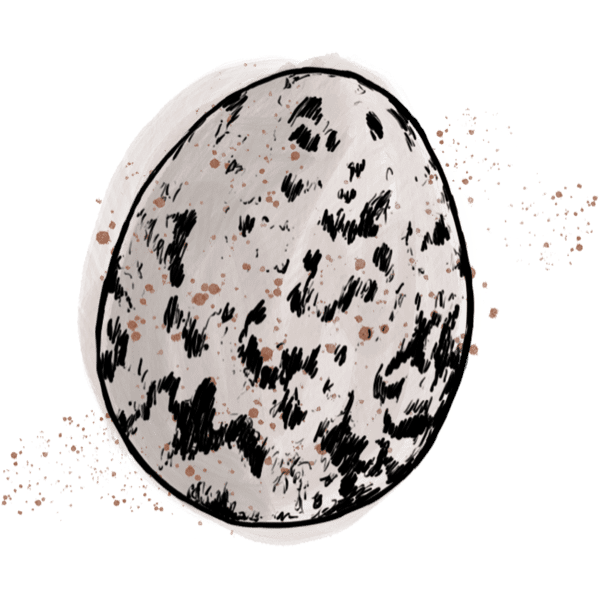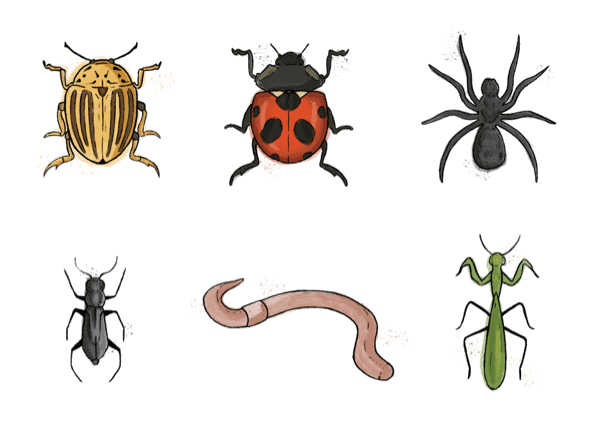The great tit
Very few people are unfamiliar with the great tit. This acrobat, with its yellow underside, black tie, and black-and-white head, can be found in almost every Dutch garden. Great tits were originally forest dwellers, but they also manage very well in the city. Parks are popular with great tits, so this common bird can also be found within the Tapijn grounds. Great tits are curious birds that love to discover. It is fascinating to see how a great tit combs its surroundings in search of nesting options and food.
Characteristics:
The great tit
The tit is easy to recognise by its yellow underside and its black tie. Its head is glossy black with large white cheek spots. Its wings and tail are grey and its back is moss-green. Males have a wider black tie than females and the tie extends all the way to between the legs. This is not the case with females.
The great tit’s song is extremely varied and it has a whole repertoire of calls. Recent research has shown that great tits adapt their singing to their environment. In the city, for example, they sing at a higher pitch than in the forest in order to be heard over the constant background noise. Singing is mainly used by males to mark out their territory and to attract partners.

Great Tit (Parus major)

Breeding data:
Great tits start defending a territory and forming a partner bond in February and March. Couples can stay together for several years, but this is certainly not always the case. The male shows the female different nesting options (cavities) within his territory and she eventually chooses where to lay her eggs. Moss is used to build the basis of the nest and then soft material is used to ‘decorate’ the nest. This material varies; the great tit uses whatever it can find – horsehair, badger hair, dog hair, wool, feathers, tennis ball fibres, you can find anything in its nest. In the nest, 7 to 10 eggs are laid (one every day) and the female only starts brooding when the clutch is complete. After 10 to 12 days of brooding, the eggs hatch and the chicks are fed by both parents for about 20 days. After the chicks leave the nest, the parents feed their young for one to two weeks.
Diet:
Great tits feed mainly on insects, beechnuts, and other seeds. During the breeding season, caterpillars make up the majority of the young tits’ diet. But they are also fed mosquitoes and flies. In winter, tits mainly eat seeds and beechnuts. If you have not yet put any food out for birds in your garden, then try putting some of these out. You are almost sure to find great tits on your suet ball or bird feeder!
Last spring, there was much speculation about the death of young tits due to pesticides meant to combat the box tree moth. To date, there is no evidence of this, but the Centre for Agriculture and the Environment (CLM) is currently investigating it.

Photo - Great Tit in Tapijn

A great tit woman has a less broad black “tie” than a great tit man. Also between the legs the great tit woman is much less black than the great tit man.

A great tit man has a much wider black “tie” than a great tit woman. In addition, that broad black stripe runs all the way between the hind legs up to the tail. This is not the case with great tit females.
Relationship
with humans
Great tits thrive among humans. They are opportunists and, therefore, make use of what humans have to offer: tasty snacks in winter and nesting places in spring. Nest boxes are often used by tits, but they also see beautiful places to build a nest in other non-natural cavities: mailboxes, water pumps, and ashtrays, for example.
As described under ‘diet’, humans can also have a less than positive effect on the survival of tits. The use of poison as a pesticide could cause tits to eat poisoned insects, which, of course, does not affect their chances of survival in a positive way.

3 facts about
the great tit
- Great tits consciously vary their singing. This phenomenon is known as Beau Geste Syndrome.
- The song of the great tit is easily recognizable by the simple, repetitive tune ti-tu-ti-tu-ti-tu-ti-tu, which also gives it its nickname ‘t pompierke.
- The great tit regularly breeds in letterboxes, old thrust pumps and poles of traffic signs.
Discover Tapijn
There is much more to see and do in Tapijn. Do you want to know what can be seen in which places? Take a look around on our interactive map.

